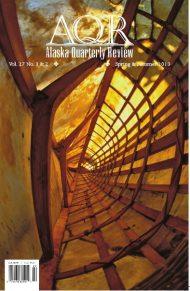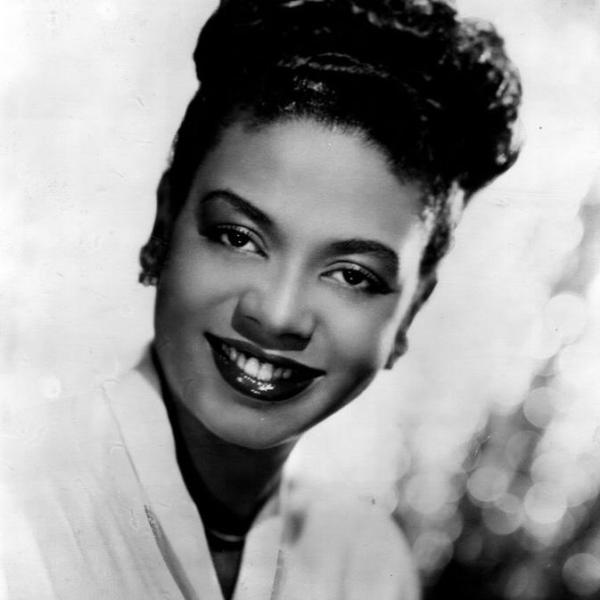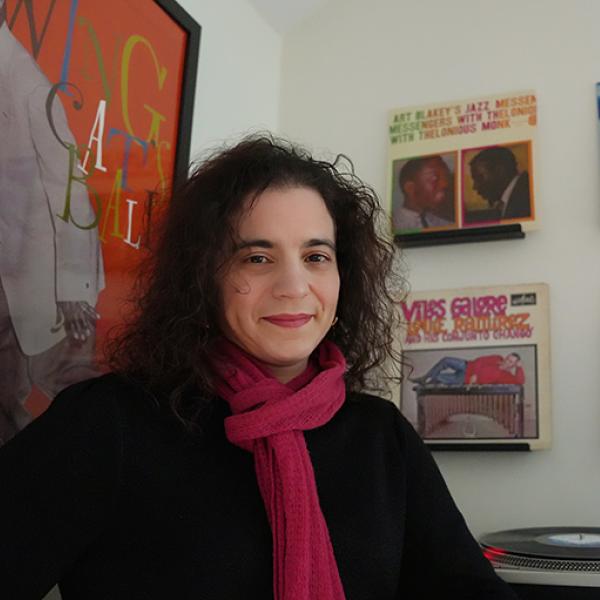Art Talk with Ron Spatz of Alaska Quarterly Review

The Alaska Quarterly Review (AQR), published at the University of Alaska in Anchorage, calls itself "a literary magazine of consequence" with good reason. For a literary journal produced in one of the more far-flung regions of the country, it has generated considerable notice for its stories: Pushcart Prizes, O. Henry Awards, and inclusion in "The Best American" series for poetry, essays, and mystery writing. AQR has been recognized with a Governor's Award as well as by the U.S. Congress for its accomplishments and level of excellence. As writer Stuart Dybek has noted about AQR, "The magazine has a wonderful sense of place about it, and it conveys Alaska without being parochial. The work is original and fresh."
We spoke with Ronald Spatz, editor of AQR (and 1982 NEA Literature Fellow), via e-mail about the importance of the literary journal in introducing new writers and its role in the community.
NEA: What sparked the idea for starting a literary journal?
RONALD SPATZ: When I founded Alaska Quarterly Review with a like-minded colleague in 1980, the Alaska literary landscape presented a compelling need: to develop and sustain a broad-based Alaska literary tradition open to all genres and, when possible, foster Alaska Native and indigenous literatures. It took two years to bring out the first issue, and I've been fully engaged with AQR every step of the way since then—more than 30 years.
NEA: What is your vision for AQR?
SPATZ: Alaska Quarterly Review has a mission to discover, nurture, and provide a forum for new and emerging writers, to give attention to the non-commercial work of established writers, and to serve as a bridge between Alaska and the national/international literary community. It is distinctly Alaskan, strongly influenced by the place and people and cultural traditions—without being provincial. AQR has consistently been among the scarce platforms that publish works that are too short or too long to be published in mainstream magazines—it provides a forum for writers whose work challenges accepted forms and modes of expression.
Over time, AQR has created a body of work that spans works emerging from the oral tradition to those that explore and expand the boundaries of genres and styles. I am proud that we have not compromised this vision.
NEA: Is there a particular issue or writer you published of whom you are most proud?
SPATZ: I don't feel I can single out just one issue or writer—we've published so many wonderful writers and issues. In general, though, I'm most proud of the instances when we have taken risks—devoting an entire issue to an individual work, developing a special feature expanding boundaries of genre or style, or simply bringing new voices to light.
We've published book-length works, such as our Alaska Native Writers, Storytellers and Orators volumes (1986 and 1999); the Fall/Winter 2000 issue One Blood: The Narrative Impulse, which explores the first-person narrator across genres; and Arnold Nelson's exceptional exploration of language, literature, and culture: How to Write a Good Sentence: A Manual for Writers Who Know How to Write Correct Sentences (2010).
We're always on the lookout for voices our readers do not know, voices that may not always be heard in the dominant culture and have something important to convey. Examples are Siberian Yupik artist and writer Susie Silook's memoir-as-drama Ungipamsuuka: My Story in our current issue, and Tlingit poet Robert Davis Hoffmann's new and selected poems from the Spring/Summer 2009 issue. I'd also put in this category Don Lago's novella-length essay exploration of Edwin Hubble's search for the ideal location for the world's most powerful telescope that brings him face to face with the Storm Pattern rug that presents the Navajo vision of the universe ("Storm Pattern," AQR, 2010). And Heidi Bradner's 80-page courageous and profound photo essay covering a decade of war in Chechnya from both sides of the conflict ("Chechyna: A Decade of War," AQR, 2005).
Alaska Quarterly Review has consistently published new and emerging writers, young and older (that is, writers who have begun the journey much later in their lives). Some of our authors have come to writing only after they have retired from careers that did not afford them the time and opportunity to truly reflect in such depth. For example, we recently published John Gamel, a professor emeritus of ophthalmology. He moved from academic articles to creative nonfiction after retirement. His latest Alaska Quarterly Review essay, "The Elegant Eyeball," has been re-printed in the 2010 The Best American Essays. Sarah Shun-lien Bynum is an example of a now well-known writer who was first published in AQR and was featured last year in The New Yorker's "20 Under 40" fiction issue.
AQR also has been a key support for some new works that have evolved into books. One example is AQR's publication of Heather Sellers' personal essay, "Tell Me Again Who Are You?" in 2006, which was the genesis for her well-received 2010 book You Don't Look Like Anyone I Know.
NEA: We often read advice for young writers but what advice might you offer to young editors?
SPATZ: Don't publish your friends or publish writers based on their reputation rather than the work at hand. And never forget that your job is to serve writers and readers and not the other way around.
NEA: Conversely, what's the best piece advice you ever received?
SPATZ: Always tell the truth and keep a low overhead. Grace Paley told me that.
NEA: When we interviewed Kronos Quartet founder David Harrington he said, "I try to know as many of the things that are missing from our world of music as I possibly can...I try to put the thrust of my time into realizing those things that aren't yet part of our work but should be." When it comes to the literary field—or even the arts as a whole—what things do you see as missing? What should be part of the work you or other literary journal editors are publishing that isn't yet there?
SPATZ: Very specifically, there is a need to bring more Alaska Native and indigenous literatures into print as well as works that cross genres and styles.
More broadly in society at large, what is missing is recognition of the value of the literary arts and an appreciation of the role the literary magazine plays in identifying and showcasing important new work. Literary magazines act as a frontline crucible for developing America's literature and, ultimately, that literature helps forge America's culture and identity.
NEA: What is the role of the artist in the community?
SPATZ: Creating art is essentially a moral act and the artist is the mirror, the conscience, the provocateur, the translator, the individual demanding attention to the hard questions. The literary magazine is an essential supportive vehicle to that end. At AQR, we strongly believe that there should be more outreach and engagement among the various art groups and their communities to share these values. We offer a First Friday reading and music series as well as provide workshops and actively partner with LitSite Alaska (supported by the NEA) and other community organizations in support of a wide range of art and cultural events.
NEA: Conversely what is the responsibility of the community to the artist?
SPATZ: The artist is an inseparable part of a dynamic community; ideally the relationship is symbiotic and mutually beneficial. Without its art, the community's quality of life, including economic vitality, is markedly diminished. When the relationship with its artists is proactively supported, the community's best interests are served.
NEA: What's next for AQR?
SPATZ: We are intent on staying the course to promote and publish new and emerging writers despite the current financial challenges facing literary magazines, including AQR. We are developing a range of exciting special features and an Alaska Quarterly Review "Best of" book series. We are also committed to community outreach initiatives and to find ways to partner with other arts organizations. One project on tap for 2011-2012 is Alaska Quarterly Review's The Midnight Muse: Singing Poems. We recently completed the pilot pairing of Knute Skinner's poem '"Let Us Know'" (from the Fall/Winter 2010 AQR) with music by songwriter Amy Lou Hettinger.
Here's a preview of The Midnight Muse: Singing Poems from Alaska Quarterly Review.
"Let Us Know" by Knute Skinner
Let us know how it goes. That hill looks calm tonight where the new moon barely shows.
You move on sportive toes and laugh in the evening light. Let us know how it goes.
The high horizon glows in fading Fahrenheit where the new moon barely shows
and the path obligingly goes, whetting your appetite. Let us know how it goes.
God alone only knows ---and even God, not quite--- where the new moon barely shows,
but you, a stranger to woes, would haste to impending height. Let us know how it goes where the new moon barely shows.




